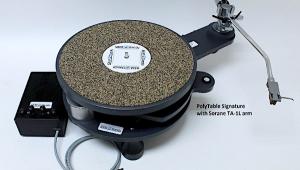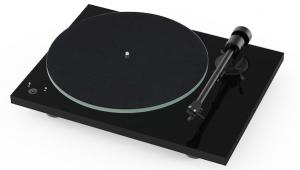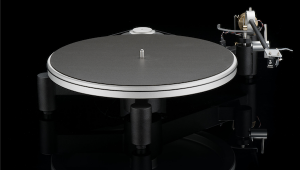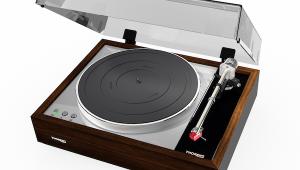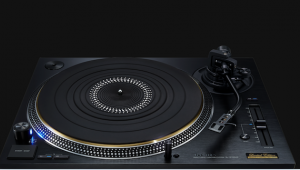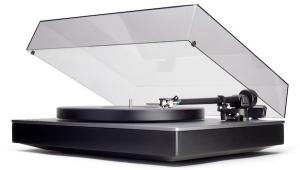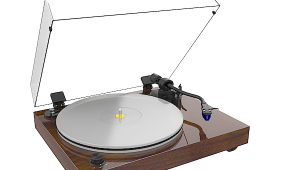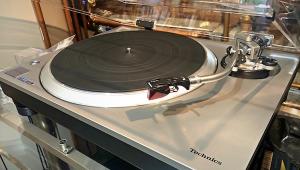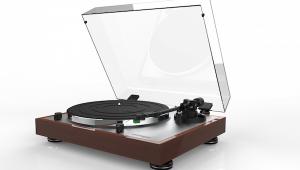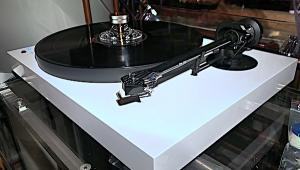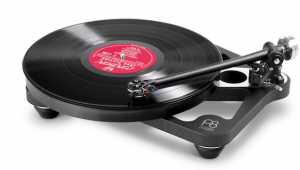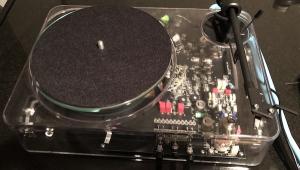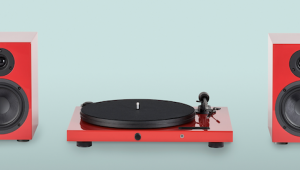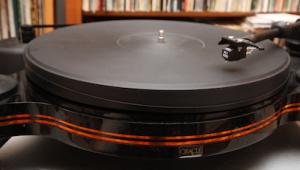Rega Planar 25 turntable
In analog, it's the little things that count—hardly news to toilers and tweakers in the vinyl underground—and Rega's upgrade of the basic Planar 3 design to the Planar 25 can only be described as visibly "small." But the sonic improvements I heard during my first encounter with the $1275 arm/'table combo were audibly big.
What Rega has done here is give you a large measure of the Planar 9's performance (see review in Stereophile, August 1997, Vol.20 No.8) for less than half the price. How? One of the keys to the 9's sound is its outboard power supply, housed in a sumptuous cast-aluminum chassis. The supply drives the twin-phase synchronous motor via quartz oscillators (one for each speed) and high-current FET-based amplifiers. The supply trims the phases, virtually eliminating motor resonances. When I visited Rega, I held a motor in my hand while a technician adjusted the pots until it felt as if it had stopped spinning—that's how effective the circuit is.
Obviously, this alone improves speed accuracy. More important, it allows the motor to be hard-mounted directly to the plinth. On the Rega 3, the motor must be suspended to (one hopes) prevent vibrations from reaching the platter and tonearm. The problem with suspending the motor is that any movement relative to the platter changes belt tension, which changes speed. Since the motor is always vibrating, the speed is always changing. While the changes are not perceptible as shifts in pitch or any other gross form of speed error, astute analog observers have long noted that these minute shifts cause a hardening and brightening of any turntable's sound.
This is one reason why direct-drive, phase-locked-loop turntables, while measuring virtually "perfect" (and thus declared so by the measurement-happy mainstream audio press, back when it covered analog), almost always sound brighter and harder than belt-drive turntables. The speed can never be spot on, so the loop "hunts and pecks" for perfection, overcompensating and undercompensating as it goes, thus creating the minute speed variations that cause brightness. [The frequency of the servo's hunting'n'pecking was often around 3-5kHz, the region where the ear is most sensitive.—Ed.]
In the case of the Planar 3, good as it is, the suspended motor causes a similar problem. A hard-mounted, vibration-free motor is one reason the Planar 9's sound simply overwhelms the 3's in terms of liquidity, focus, and harmonic richness, even though so much of the basic system is the same. Unfortunately, the cost of the electronic drive used on the 9 makes it impossible to use on a budget 'table like the $1275 25.
Rega's chief electronics designer, Terry Bateman, was responsible for the 9's drive circuit, and he set about finding a less expensive way of achieving the same result in the 25. He couldn't, finally, but he did manage to come up with an inexpensive, ingenious, and compact circuit that accomplishes a great deal of what the 9's supply does in terms of vibration control. The circuit is small enough to fit in the motor housing under the plinth, and, more important, is effective enough to allow the motor to be hard-mounted.
This development led to the idea of releasing a new turntable to celebrate Rega's 25th year. With the drive upgrade in place and a retail price targeted, Rega looked for other ways to bring the 9's performance to the analog masses. A new tonearm was fashioned, the RB600—essentially the RB300, but wired with the RB900's low-capacitance Klotz GY 107 cable and Neutrik RCA plugs. The look is sexier than the RB300's black powdercoat: glossy clearcoat over silver-anodized finish, with the high-density tungsten counterweight used on the 900. The 600 uses the 300's threaded-pipe mounting system and high-quality pre-loaded bearings. The 900 features ultra-high-tolerance bearings and a more rigid, antiresonant, three-point mount of stainless steel.


